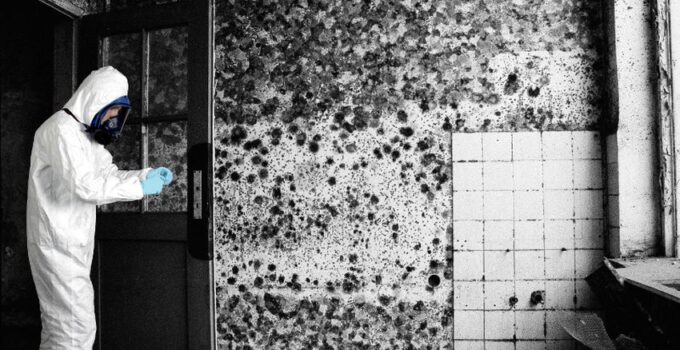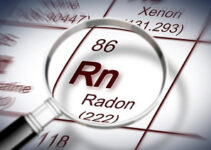If you’re getting ready to work on a restoration project, there’s a decent chance you’ll come across some water damage. And if you come across water damage, then you’re almost guaranteed to find mold issues somewhere nearby. After all, excess moisture is what causes mold spores to thrive and grow.
Ready for a quick primer on mold? Let’s take a look at what it is and where you’ll find it first, and then a few tips on preventative measures and problem-solving for those of you that already have the mold to deal with.
Page Contents
What is mold and how does it grow?
Believe it or not, microscopic mold sports exist naturally everywhere, including both indoors and outdoors. You’ll never get rid of it entirely, so it’s all about limiting it and keeping the spores from thriving.
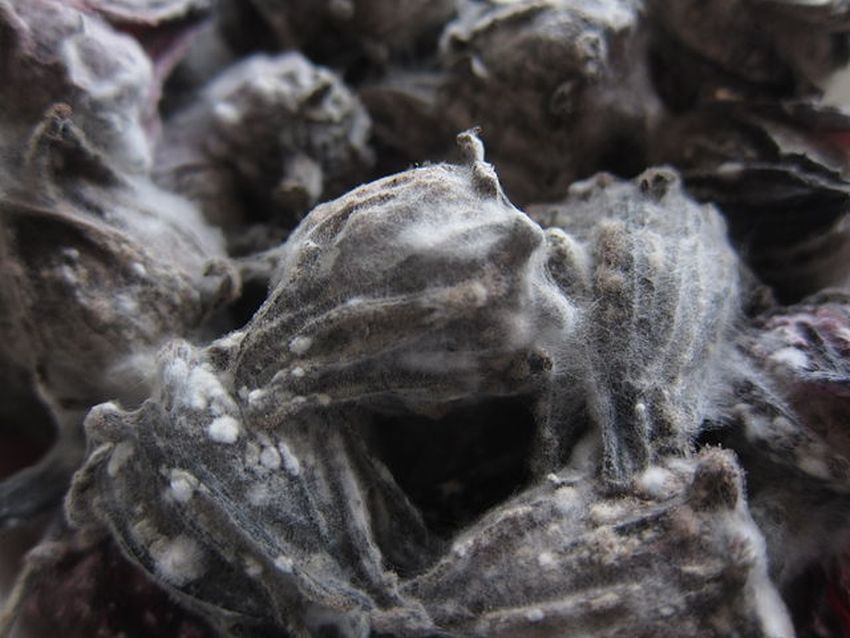
source:microscopemaster.com
Any mold spores that float into your home through your heating and air system or attach themselves to you or your pets will be happiest if they can find a warm, moist area where they can grow. High indoor humidity is another ingredient in the recipe for mold disaster, too, and mold spores will feed off of this increase in moisture and quickly get out of control.
What can I do to prevent mold?
First of all, control the moisture on the inside of your home.
Whether that means squeegeeing your shower or bathtub after every time you use it – even if you’re using a shower spray, using a squeegee first is a great idea – to ensure that there is no excess water hanging out in your bathroom.
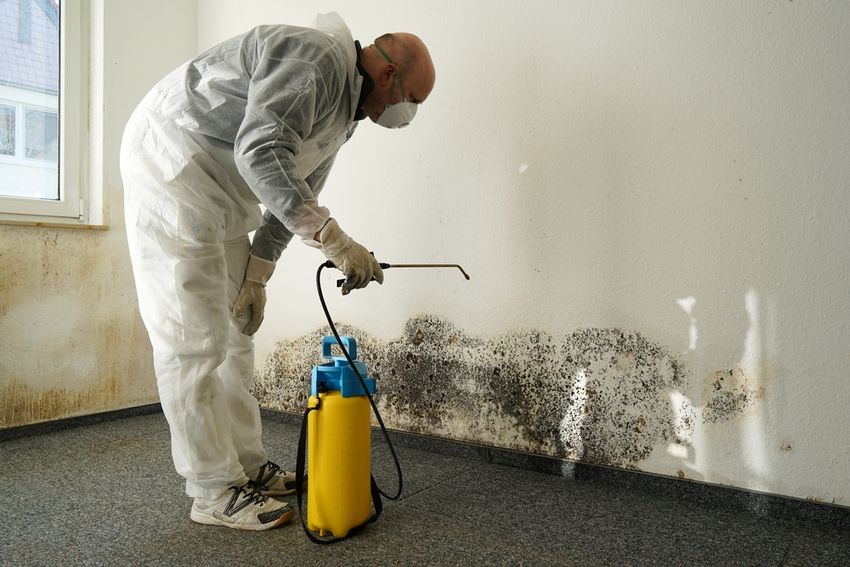
source:cleanfax.com
While you’re at it, make sure that the fan in your bathroom is big enough for space. There are a few resources out there to help you make this determination, but just be sure that it has enough capacity to stay caught up with all the moisture in the space. If this is something which you can not do by yourself, using help of companies such as one at servprowesthartford.com , is definitely a good choice.
Some homes will even have “smart” humidity sensors or timers on their fans that will help you keep pace with excess moisture.
What do I do if I already have mold?
If there is already mold in your home or if you’re already knee-deep in a complicated restoration, don’t panic.
First of all, clean up the leak and/or standing water as soon as you possibly can. Again, moisture allows for a breeding ground for mold spores, so there’s no sense in letting things get any worse.
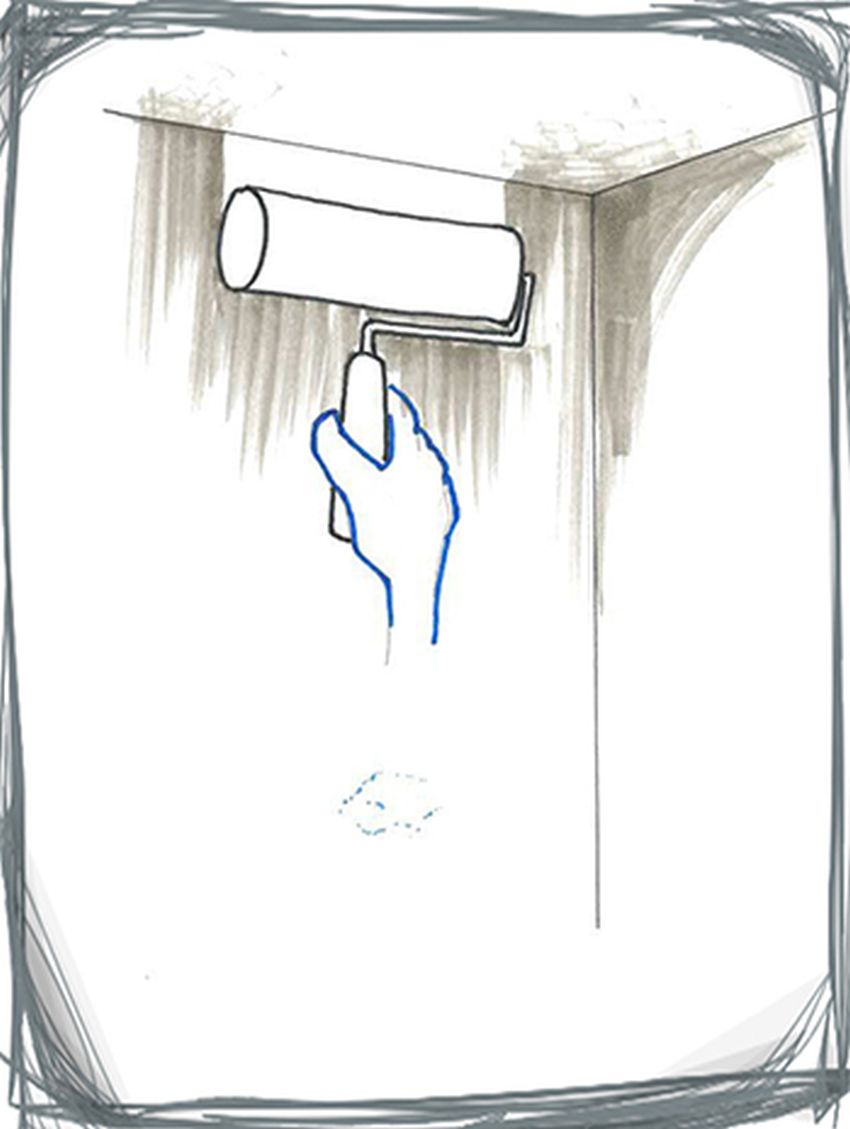
source:cleanfax.com
If there is any visible mold already, clean it up immediately. Make sure to use detergent and water, or a solution of 90 percent water and 10 percent bleach if that’s easier for you. Use a brush and scrub the mold, then rinse and let it dry completely.
As part of your repair process, consider using paint that includes mildewcide. Mildewcide is a compound that helps control mold in areas that are frequently damp, such as bathrooms, kitchens, and dark, shady areas outside. If there is mold around your tub, make sure you clean it well, as this is a place where you keep yourself clean. Tubs are often exposed to water, so make sure, you visit WalkInTubReport.com and find the tub which is the best for you.
Final Thoughts
In short, if there’s water damage, there’s mold. And vice versa.
Get any standing water cleaned up immediately and stop the leak (if necessary). Then, clean the mold and put to work preventative measures before you end up dealing with a similar mess all over again.
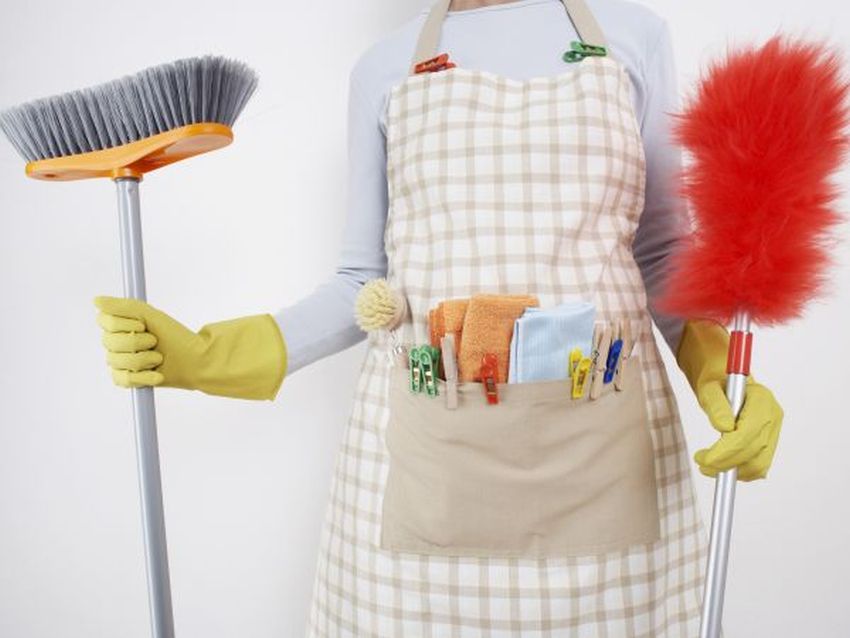
source:cleanfax.com
And that’s it. Enjoy your mold-free home!
Citations:

